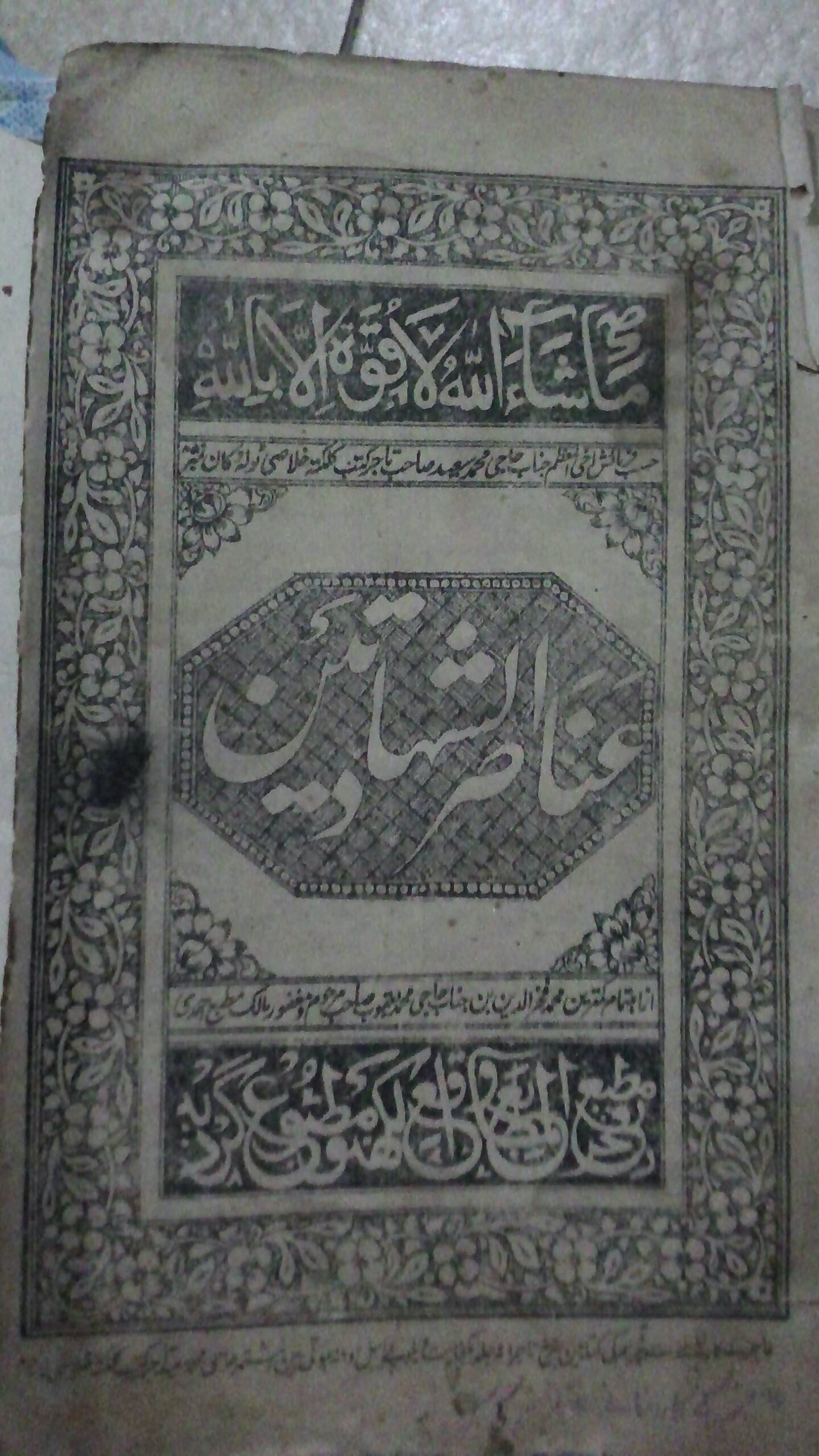Indonesia, a nation of myriad cultures and ethnicities, boasts a rich tapestry of diversity. The country is endowed with a wealth of folklore, passed down through generations via oral traditions, still enduring to this day.
One such example is the tale of “Maling Kundang,” an unwritten narrative known to nearly all Indonesian communities. Numerous silent witnesses to history have been meticulously preserved, including cultural heritage sites, temples, inscriptions, and written records.

These written legacies hold immense value. Among them are chronicles and historical texts that eloquently recount stories of the past. These narratives encompass a wide spectrum, ranging from the origins of places, religious teachings, moral imperatives, accounts of individuals’ feats, to the triumphs of various ruling powers.
Indonesia possesses an abundance of these stories. Typically, in the Javanese region, these writings are composed using the Javanese script. Likewise, in other regions, they are adapted to the scripts native to those areas.
Consider, for instance, the Museum Kambang Putih in Tuban. Located not far from Tuban’s town square, this museum houses several ancient manuscripts, written in the Javanese language and script. Tuban stands as one of the cities in East Java that actively embraced the use of the Javanese script. However, visitors cannot view these manuscripts in the museum’s display cases, as they are securely stored in the control room.
However, Indonesia is not only rich in its own culture but also harbors remnants of the past in the form of manuscripts documenting the cross-border development of religious knowledge. One such manuscript is titled “Anāṣir al-Shahādatayn,” which translates to “The Elements of the Two Testimonies.” This manuscript is owned by an individual named Sutiyono Abdullah, residing in Mlatinorowito, Kudus.
According to his account, the book was discovered in the attic of a house during renovations. Eventually, it was entrusted to Sutiyono, a respected figure in the local community, for safekeeping. The address where the manuscript was found is Rt. 01 Rw. 02, Kelurahan Mlatinorowito, Kecamatan Kudus, Kudus, Central Java.
What distinguishes this manuscript is the type of script used for writing it, namely the Persian calligraphy, or “khat farisi,” a script rarely employed for entire manuscripts, except for titles or additional annotations on the book covers.
The Persian script, also known as Fāris, is characterized by its resemblance to the Arabic script, with some distinct features, such as پ (pa) representing the sound “p,” چ (ca) representing the sound “c,” ژ (jha) representing the sound “jh” or “ja” akin to a fusion of “j,” “z,” and “h,” and گ (gaf) representing the sound “g,” distinct from the pronunciation of the letter غ.
The front cover of the book is adorned with illuminations featuring a floral pattern encircling the outer edges of the text. Additionally, a weaving motif is present on the back cover beneath the title, resembling the interwoven design of a traditional ketupat. Two different styles of calligraphy are employed on the cover: “tsulust” for the phrase ‘māshāallāhu lā quwwata illā billāhi’ and ‘maṭba’ fakhr al-maṭābi’ wāqi’ likahinū maṭbū’ kardī,’ while the Persian script is used for the title “Anāṣir al-Shahādatayn” and accompanying annotations, as found in the colophon.
The dimensions of this manuscript are approximately 24.7 cm in length, 15 cm in width, and 2 cm in thickness, comprising 328 pages. The margins on the cover and inner pages slightly differ. The top, bottom, left, and right margins of the cover measure 2.1 cm, 2.3 cm, 0.4 cm, and 1.7 cm, respectively. The top, bottom, left, and right margins of the inner pages measure 2 cm, 2.5 cm, 2 cm, and 1 cm, respectively. The font size is approximately 0.7 cm.
The manuscript contains a total of 173 chapters, excluding the table of contents, acknowledgments, background information, and closing remarks. Transitions between chapters or the start of a new chapter can be identified by information located at the top of the content division lines, either on the left or right side adjacent to the book’s title.
Furthermore, the style of numbering pages bears a resemblance to the numbering found in the Mumbai, India version of the Quran. The estimated age of this manuscript is approximately 120 years, calculated based on the information provided in the colophon, which references the month of Sha’ban in the year 1321 H. When converted to the Gregorian calendar, this corresponds to the year 1903.
The author of this book is assumed to be Faqīr Muḥammad Nāśir ‘Alī ibn Shaykh Ḥudayd ‘Alī Marḥūm Ghiyāth, as mentioned in the preface. The manuscript contains verses and paragraphs primarily centered around the names of Sayyidina Hasan and Husain, with references to the events of Karbala, where Sayyidina Husain met his demise.
This indicates that the author was a devoted follower of Sayyidina Hasan and Husain, suggesting affiliation with the Shia sect. Additionally, the manuscript’s origin in Persia, which is now Iran, aligns with it being a hub for Shia movements and support for Sayyidina Ali, the father of Sayyidina Hasan and Sayyidina Husain.
In summary, this discussion provides an overview of the manuscript “Anāṣir al-Shahādatayn.” For those enlightened readers familiar with such ancient manuscripts, it is advisable to preserve and, if possible, entrust them to the appropriate authorities.










